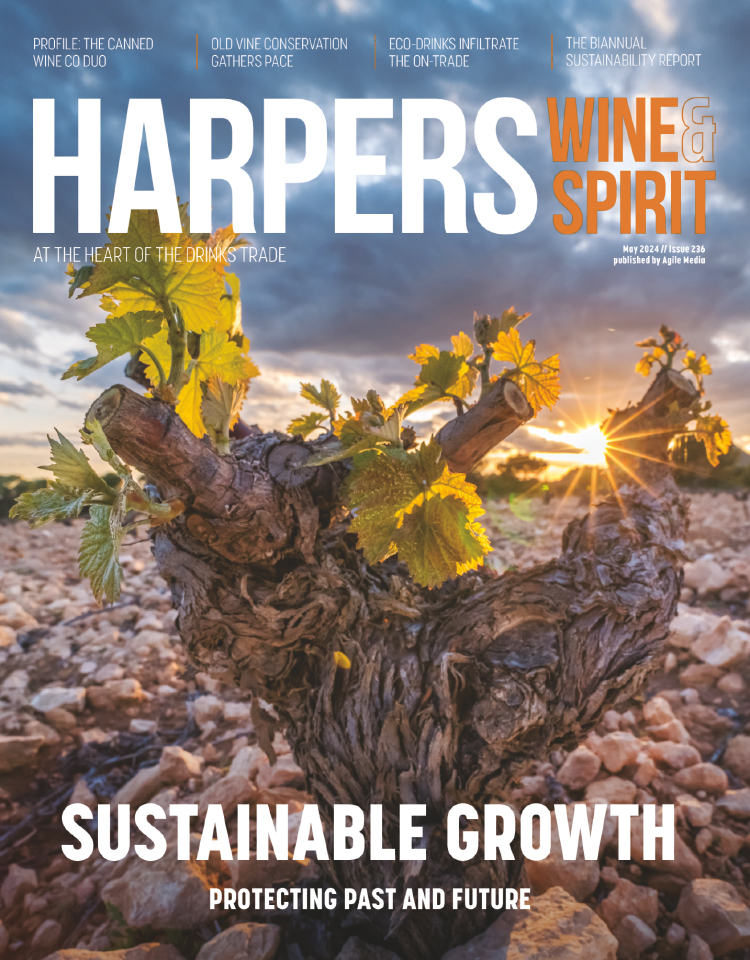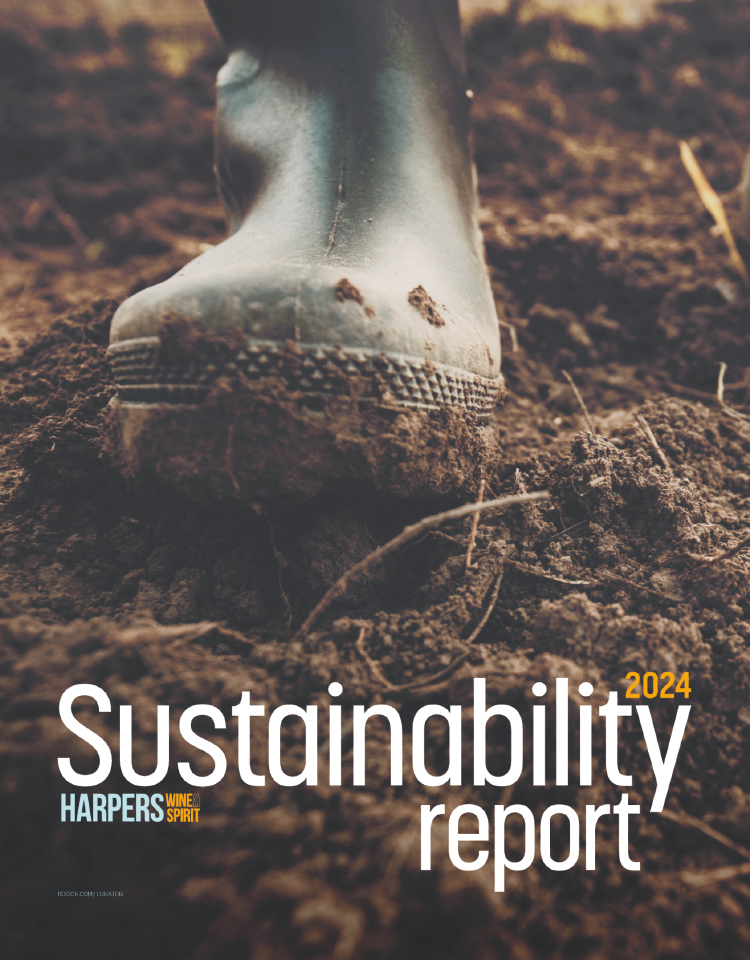
How will tequila’s price spiral impact the UK?
Prices for agave are currently in a tailspin as sales of premium products slow in key markets like the US and years of zealous plantings finally catch up – and outstrip – demand.
So how will this impact a nascent premium market like the UK?
Tequila is currently experiencing a crunch point after several years of rapid growth, particularly in the US. According to the IWSR, agave prices in Mexico hit a record MXP32/kg only 18 months ago. By February 2024 however, they had plunged to MXP5/kg, and price falls are set to continue thanks to the huge numbers of new plantings over the past few years. This number has risen by more than 10% between 2021 and 2022 alone, and the situation is compounded by the fact that agave takes several years to reach maturity.
- Read more: Why mezcal could cure the ‘tequila timebomb’
“The very large inventory of agave plants, coupled with slowing demand of premium tequila segments in the US after years of rapid growth, has sparked a panic sale among amateur agave growers who have recently joined the industry in a bid to cash in on the agave spirits boom,” explained Jose Luis Hermoso, IWSR research director for Central and South America.
“With such huge numbers of new plants going into the ground in 2021 and 2022, it’s entirely possible that pricing will not hit the bottom until 2026.”
Agave is similar to many long lead-time commodities in having an unbalanced production cycle, the IWSR said. Growers tend to overplant at times of high prices – as has been the case until very recently – which drives prices down as new plants come on stream. Lower prices then cause growers to underplant, diminishing supply and driving prices up again.
The cycle from peak to peak, or trough to trough, happens roughly every 10-15 years, or twice the agave maturity period. The last pricing trough occurred in 2007-10, when prices dropped as low as MXP2/kg.
Analysts are now predicting an influx of cheaper 100% agave tequila into the market in the near future, essentially offering “a higher-quality product at a lower price, which might attract new consumers”, said Richard Halstead, IWSR COO for Consumer Research.
As a knock-on effect, it seems the UK could see considerable changes, including the possibility of new consumers to the category.
“Though fast-growing, the UK market for tequila remains small compared to Mexico or the US, so the impact of this may ultimately not be as big here,” Patrick Fisher, senior market analyst at the IWSR, told Harpers.
“That said, anything that makes premium products more accessible, should help to boost trial and ultimately consumption. Growth is being driven by tequila being consumed differently. Drinkers are moving on from the traditional tequila shots (many of which were consumed in higher tempo night-time venues, which have suffered since the pandemic), to sipping tequila or having it in cocktails.”
However, Nick Gillett, MD of Mangrove Global, refutes the idea that a price crash may lead to consumers expecting to see lower prices for their favourite tequila.
He said: “In the UK, there are a number of things that affect pricing, the largest by a long way being taxation, which is still at historically high levels. This combines with pricing pressures from almost every other part of the supply chain, with increased costs due to minimum wage, high energy and glass costs, increased distribution costs and so on. So, idiotic as it may seem, the price of the raw material is one of the lowest costs in the supply chain and even this amount of change will likely see no effect on the final shelf price that the consumer sees.”
Instead, he says, the financial issues may offer the industry greater ‘choices’. Over the last few years, “We have seen a lack of supply which has led to extremes including theft, harvesting of immature agave and aggressive extraction techniques. If the growers can weather the financial implications, we may see some more agave being allowed to mature and an improvement in quality of some of the liquid on the market.”
The reality, he continued, is that “Some growers will no doubt go out of business and plough up fields or not replant as the incentive has gone. Whilst 2026 seems some way off, a shift in climate or a re-emergence of disease may see the supply crash once more.”








